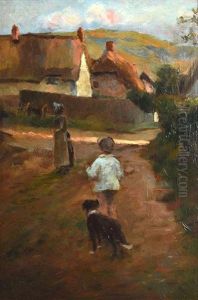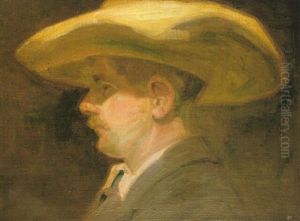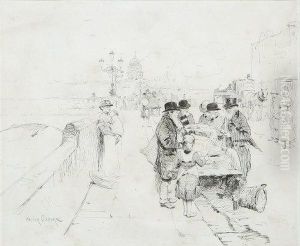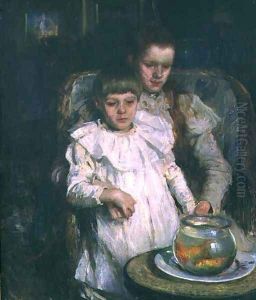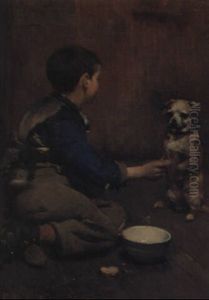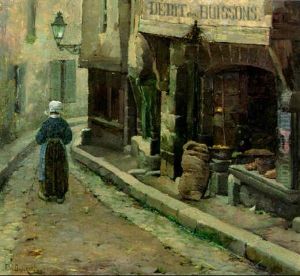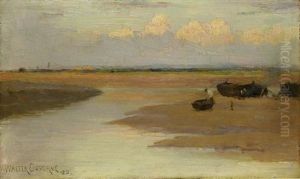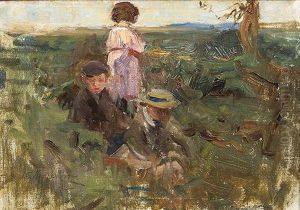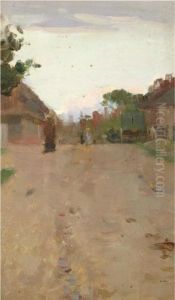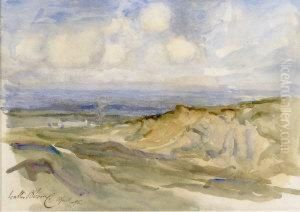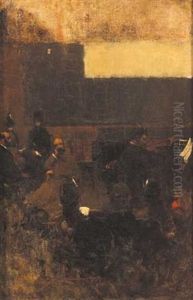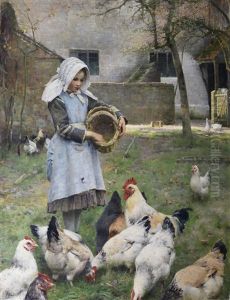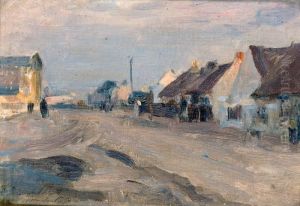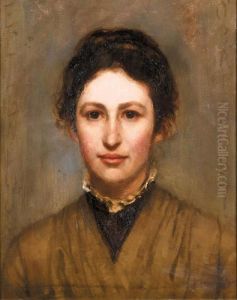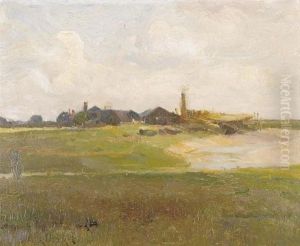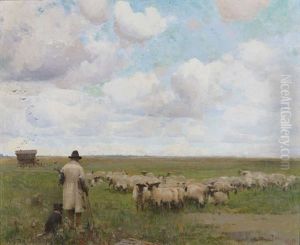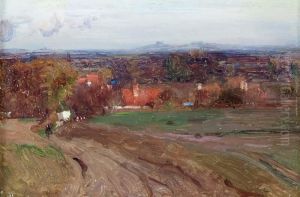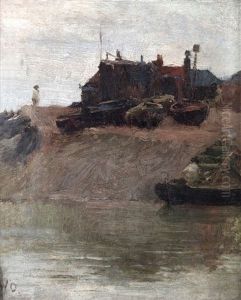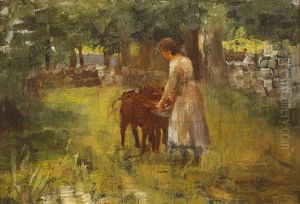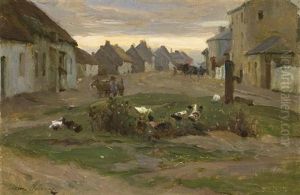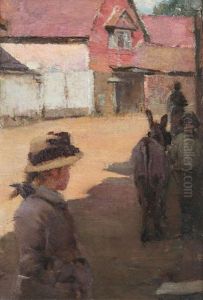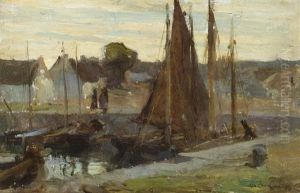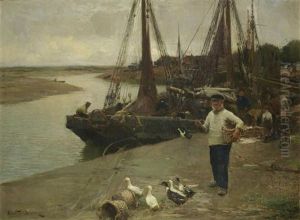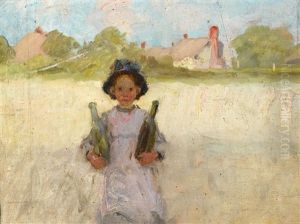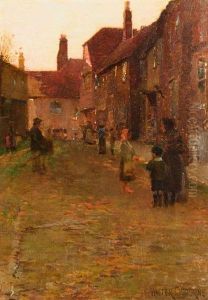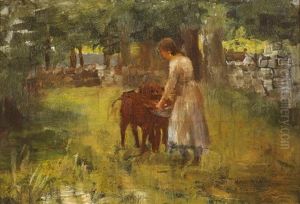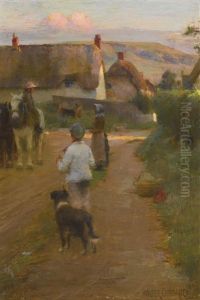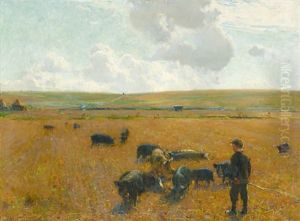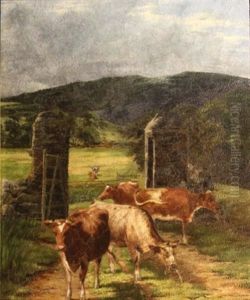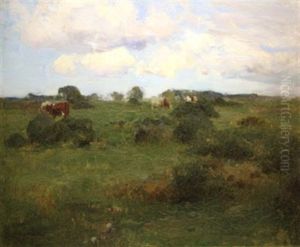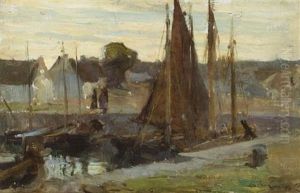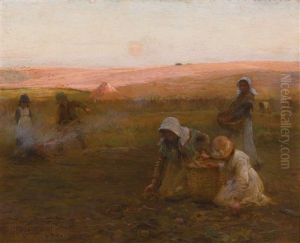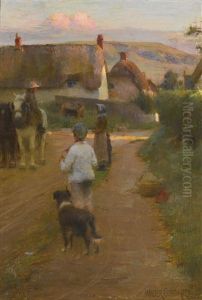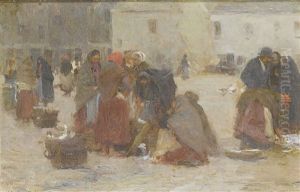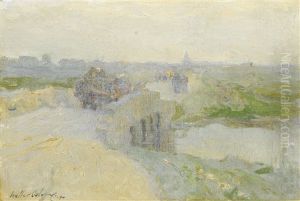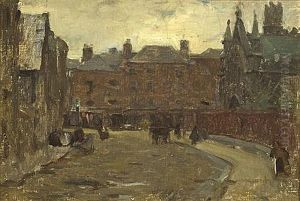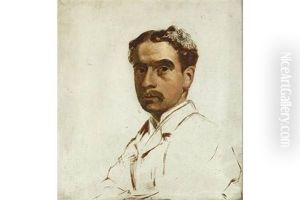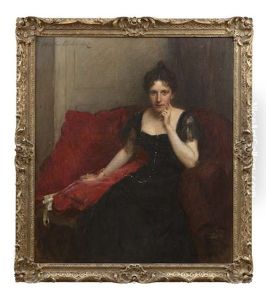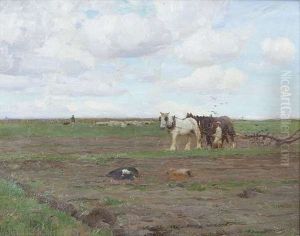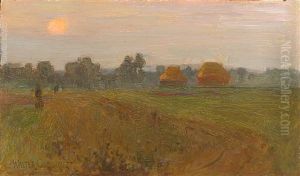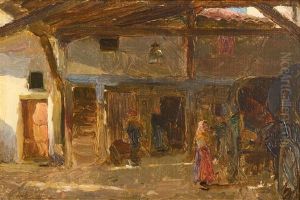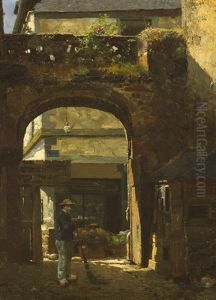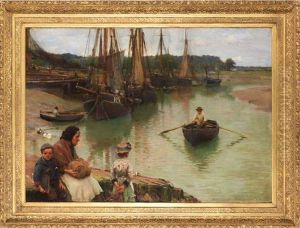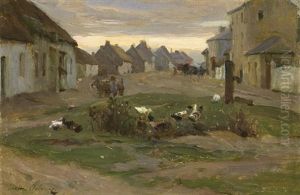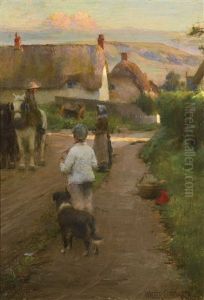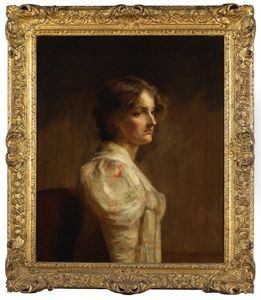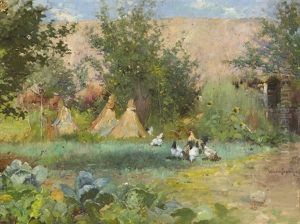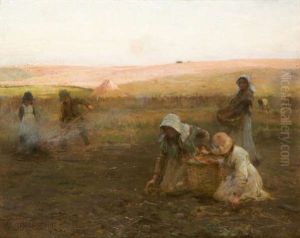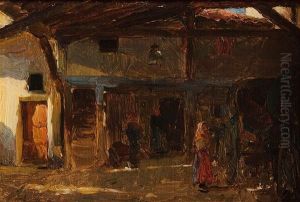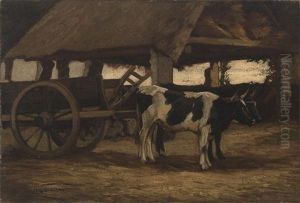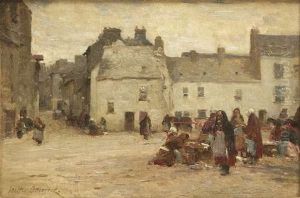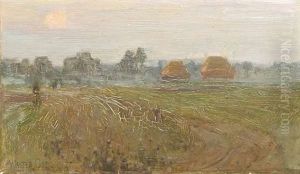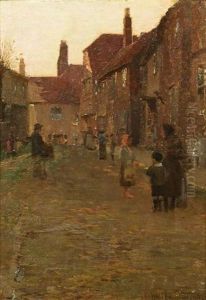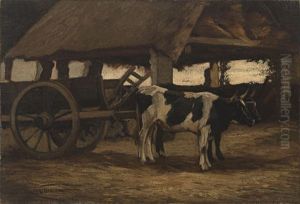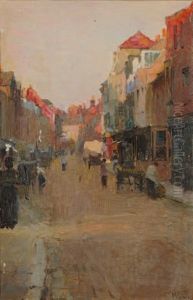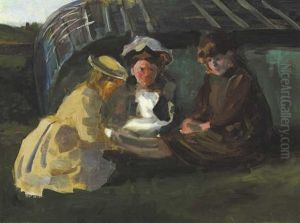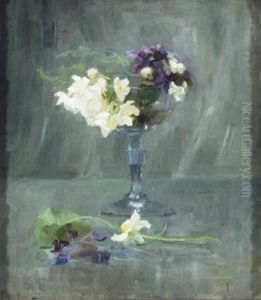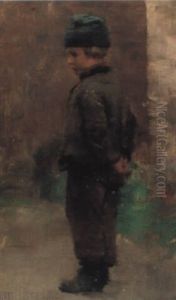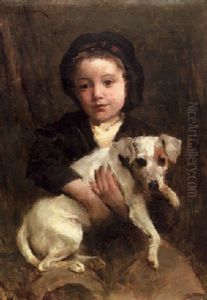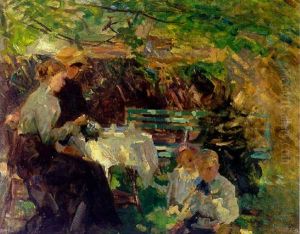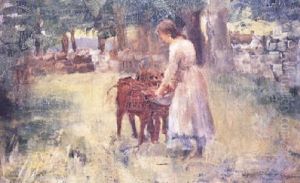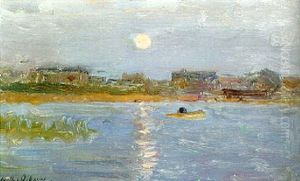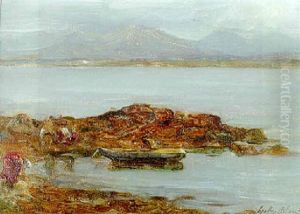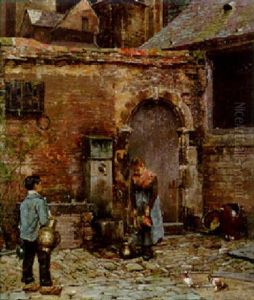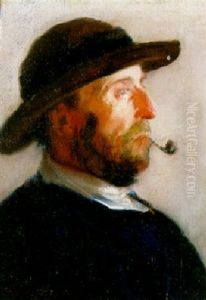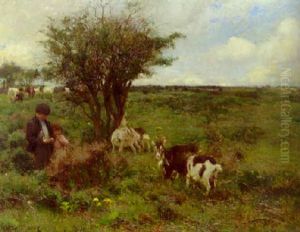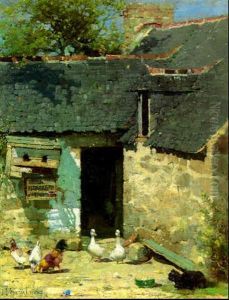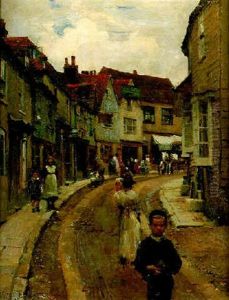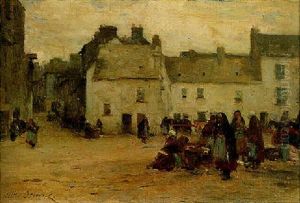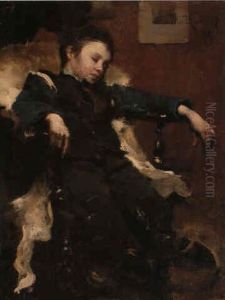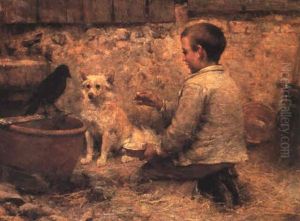Walter Frederick Osborne Paintings
Walter Frederick Osborne was an Irish impressionist and post-impressionist landscape and portrait painter. He was born on June 17, 1859, in Rathmines, Dublin, Ireland, and was the son of animal painter William Osborne. Osborne showed artistic promise from an early age and began his formal art education at the Royal Hibernian Academy (RHA) at the age of 14. He later attended the Royal Academy Schools in London.
In 1881, Osborne won a scholarship to study in Antwerp, Belgium, where he was influenced by the work of Flemish painters. His early work is characterized by rich coloring and careful attention to detail, reminiscent of the Flemish tradition. After returning to Dublin, he became one of the founding members of the Dublin Art Club and quickly established himself as a significant figure in the Irish art scene.
Osborne traveled to Brittany in the mid-1880s, where he began to experiment with plein air painting, a technique that involves painting outdoors to capture the natural light and atmosphere of a scene. This experience had a profound impact on his style, leading him to adopt a more impressionistic approach to his work. He became best known for his landscapes, street scenes of Dublin, and portraits, capturing the lives of the urban poor and the middle class with empathy and insight.
In 1892, Osborne returned to the rural countryside of Ireland, settling in County Dublin. Here, he continued to paint rural scenes and developed a softer, more atmospheric style. His work during this period is noted for its subtle play of light and shadow and the gentle rendering of the Irish landscape.
Tragically, Osborne's career was cut short when he died suddenly of pneumonia on April 24, 1903, at the age of 43. Despite his relatively short life, he left behind a substantial body of work that significantly contributed to Irish painting. Osborne's works are held in high regard and can be found in many public and private collections, including the National Gallery of Ireland. His legacy continues to influence Irish artists, and he is celebrated for his role in bringing the techniques and sensibilities of impressionism to Irish art.
